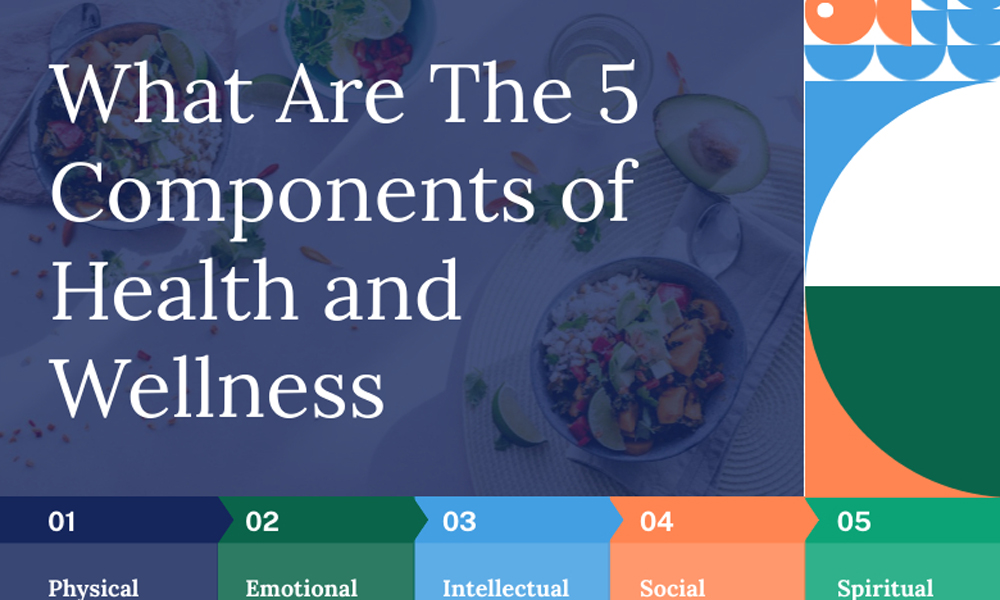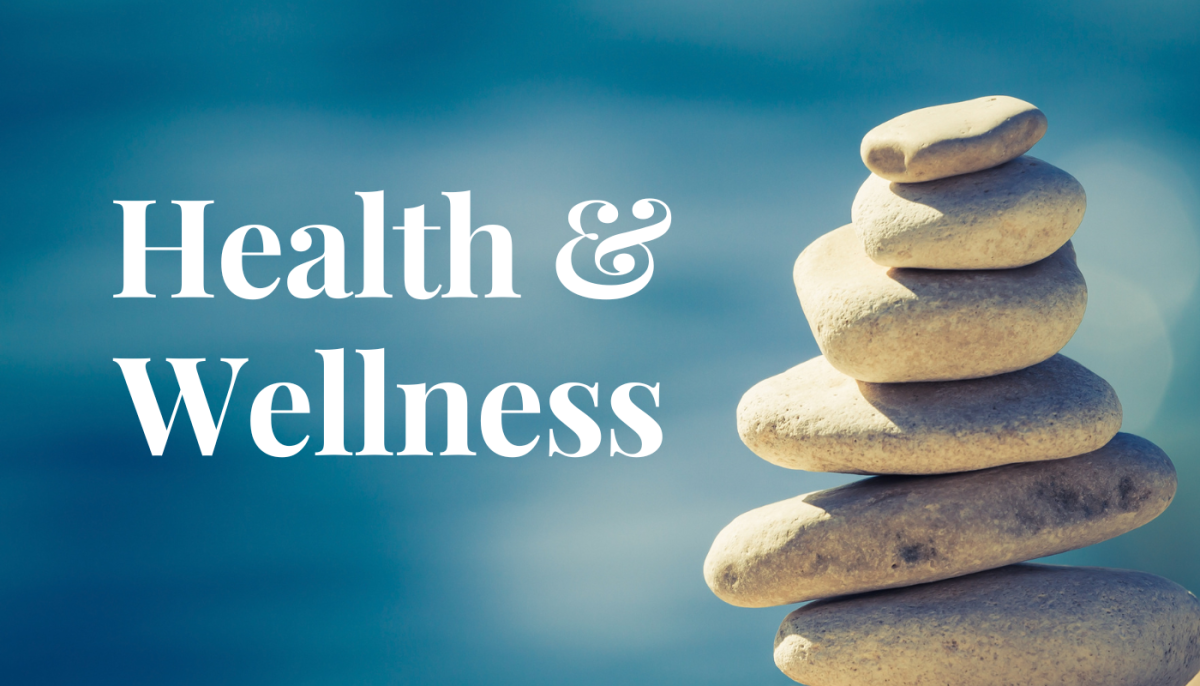In today’s fast-paced world, where we often find ourselves juggling multiple responsibilities and facing constant distractions, the concept of wellness has never been more crucial. Embracing mindfulness is an integral part of cultivating a well-rounded approach to our mental, emotional, and physical health. Mindfulness encourages us to become aware of our thoughts, feelings, and surroundings without judgment, allowing us to live in the present moment fully. As we delve deeper into this transformative practice, we will explore its principles, benefits, and practical applications in our daily lives.
The Foundations of Mindfulness

Mindfulness is rooted in ancient traditions, particularly in Buddhism, but has gained immense popularity in modern psychology and wellness practices. Understanding its foundations can greatly enhance your journey toward embracing mindfulness.
Historical Context of Mindfulness

The origins of mindfulness can be traced back over 2,500 years to the teachings of Siddhartha Gautama, known as the Buddha. He emphasized the importance of awareness and being present in every moment as a way to transcend suffering and achieve enlightenment.
Over centuries, these teachings have evolved and adapted to fit different cultures and contexts. In the late 20th century, Jon Kabat-Zinn, a pioneer in the field of mindfulness-based stress reduction (MBSR), brought mindfulness into the realm of Western medicine. His work demonstrated how mindfulness practices could help alleviate stress, anxiety, and chronic pain – conditions that plague many people today.
The integration of mindfulness into therapeutic practices has opened up new avenues for healing and personal development. It encourages individuals to connect with their inner selves and cultivate a greater understanding of their emotions and experiences.
Core Principles of Mindfulness

At its core, mindfulness is about cultivating an acute awareness of the present moment. This involves three essential principles: attention, acceptance, and non-judgment.
Attention requires us to focus on our immediate experiences rather than getting lost in thoughts about the past or future. By honing our attention, we can truly engage with our lives, whether savoring a meal, walking in nature, or simply breathing.
Acceptance means acknowledging whatever arises in our consciousness without trying to change or suppress it. This doesn’t mean we condone negative feelings or situations; instead, we learn to experience them fully without resistance.
Non-judgment invites us to observe our thoughts and feelings without labeling them as “good” or “bad.” This allows us to develop a compassionate relationship with ourselves and fosters a sense of calm amid chaos.
The Role of Breath in Mindfulness
Breath serves as a powerful anchor in mindfulness practice. Our breath is always with us, providing a direct link to the present moment. By focusing on our breath, we can cultivate a state of mindfulness anywhere, anytime.
When we become aware of our inhalation and exhalation, we shift our attention away from distractions and bring ourselves back to the here and now. This simple yet profound practice can help ground us during moments of stress or anxiety.
Additionally, breathwork can enhance relaxation and overall well-being. Techniques such as deep diaphragmatic breathing can trigger the body’s relaxation response, reducing heart rate and blood pressure.
By integrating breath awareness into our daily routines, we cultivate resilience against life’s challenges while nurturing a sense of peace within ourselves.
The Benefits of Mindfulness

The advantages of embracing mindfulness extend far beyond mere stress relief. A growing body of research highlights various mental, emotional, and physical benefits associated with practicing mindfulness regularly.
Enhancing Mental Clarity
One of the most significant benefits of mindfulness is its ability to improve cognitive functioning. When we practice mindfulness, we train our brains to focus better, enhancing our capacity for attention and concentration.
This increased mental clarity enables us to process information more efficiently and make clearer decisions. Whether at work or home, mindfulness can enhance productivity and creativity, making everyday tasks feel more manageable.
Moreover, mindfulness helps reduce cognitive overload. By learning to filter out distractions and focus on what’s essential, we become more adept at navigating complex situations without feeling overwhelmed.
Building Emotional Resilience
Emotional resilience refers to our ability to bounce back from adversity. Mindfulness plays a vital role in fostering this quality by encouraging us to acknowledge and accept our emotions without becoming overwhelmed by them.
Practicing mindfulness helps us develop a deeper understanding of our emotional landscape. By observing our feelings without judgment, we can gain insights into what triggers certain emotions and how we respond to them.
This self-awareness empowers us to choose healthier responses to challenging situations rather than reacting impulsively. Through mindfulness, we can transform negative thought patterns into opportunities for growth and healing.
Improving Physical Health
The mind-body connection is a fundamental aspect of wellness. Research has shown that mindfulness can lead to improved physical health outcomes. Regular mindfulness practice has been linked to reduced levels of chronic pain, lower blood pressure, and improved immune function.
Engaging in mindfulness meditation can also positively impact sleep patterns. By calming the mind and body, we create an ideal environment for restful sleep, allowing our bodies to recharge and heal.
Furthermore, mindfulness cultivates healthier lifestyle choices. As we become more attuned to our bodies and the signals they send us, we are more likely to prioritize nutritious foods, regular exercise, and self-care routines.
Fostering Deeper Connections
Mindfulness doesn’t just benefit individual well-being; it can also enhance our relationships with others. When we practice mindfulness, we become more present and engaged during interactions, which fosters deeper connections.
Being fully present in conversations allows us to listen more attentively, leading to more meaningful exchanges. This heightened awareness creates a safe space for vulnerability, trust, and empathy in our relationships.
Additionally, mindfulness encourages us to approach conflicts with compassion. Instead of reacting defensively, we can pause and respond thoughtfully, creating opportunities for resolution and growth.
Practical Ways to Incorporate Mindfulness into Daily Life

While the benefits of mindfulness are clear, many people struggle to incorporate it into their busy lives. However, mindfulness does not require lengthy meditation sessions or extensive time commitments. Here are practical ways to weave mindfulness into your daily routine.
Mindful Mornings
Starting your day with mindfulness sets a positive tone for the hours ahead. One effective practice is to dedicate a few moments each morning to mindful breathing or meditation.
Upon waking, take a few deep breaths, focusing on the sensation of your breath entering and leaving your body. You can also express gratitude for the day ahead or set intentions for how you want to approach the day.
Additionally, consider engaging in mindful activities such as stretching or yoga. These practices allow you to connect with your body and cultivate awareness before diving into your daily tasks.
Mindful Eating
In our fast-paced society, eating often becomes a rushed affair. Mindful eating encourages us to slow down and savor our meals, promoting healthier eating habits and greater enjoyment.
To practice mindful eating, choose a single meal to enjoy without distractions. Turn off screens, sit at a table, and take a moment to appreciate the colors, textures, and aromas of your food.
As you eat, pay attention to each bite. Notice the flavors and sensations in your mouth, and chew slowly. This practice fosters a genuine connection with our food and helps us recognize when we’re full, ultimately leading to healthier portion control.
Mindful Walking
Walking can be a meditative practice if approached with intention. Find a quiet space, whether in nature or your neighborhood, and take a walk while focusing on your surroundings.
As you walk, notice the rhythm of your steps, the sensations in your feet, and the movement of your body. Observe the sights, sounds, and smells around you without judgment.
This practice not only enhances your awareness but also provides an opportunity to connect with your environment. Walking mindfully can serve as a form of moving meditation, allowing you to clear your mind while enjoying the beauty of the world around you.
Mindfulness in Conversations
Incorporating mindfulness into your communication can strengthen relationships and promote understanding. During conversations, practice active listening by giving your full attention to the speaker.
Avoid interrupting or formulating your response while the other person is speaking. Instead, focus on their words, emotions, and body language. Acknowledge their feelings and respond with empathy, fostering a sense of connection.
You can also use mindfulness techniques to navigate difficult conversations. Take a moment to breathe deeply before responding to a challenging statement, allowing yourself time to process your emotions and choose a thoughtful, compassionate reply.
Conclusion

Embracing mindfulness is a transformative journey that significantly impacts our overall wellness. By developing a deeper awareness of ourselves and our surroundings, we foster greater mental clarity, emotional resilience, and stronger connections with others.
In a world filled with distractions and constant demands, mindfulness offers us an oasis of calm and clarity. As we integrate mindfulness practices into our daily lives, we unlock the potential for profound change and growth. So let us embark on this journey together, cultivating a practice that nurtures our minds, bodies, and spirits.
